I recognize that a large part of my depression stems from my frustration with not having any hardcore, ubergeek friends. How do you go about meeting them, though? In a bout of desperation–yes, I’ll try just about anything at this point–I posted this to the New Jersey “strictly platonic” area on Craigslist: Looking for more geek friends.
I’m just looking for more geek friends, trying to post in all different places to find ’em.
Are you into social software, blogging, web development, brand management, graphic design, publishing, writing, information technology, “Web 2.0” (gag, I can’t believe I just used that buzzword)? Into DIY tech stuff, hardware hacking, modding?
Looking for someone to geek out with, someone who actually “gets” what you’re talking about and finds it as exciting as you do? Tired of trying to explain stuff to your non-geek friends, only to be met with glazed eyes and head-nodding?
Lets be friends–especially if you’re in Northern NJ. There’s just not enough of us in the area.
Unfortunately, it doesn’t seem like Craigslist has much traffic in New Jersey. Maybe someone who’s like me is similarly searching and we’ll somehow find each other. Here’s to hoping, anyway.
Tags: Craigslist, New Jersey, geeks
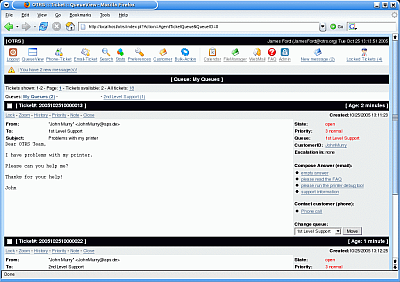
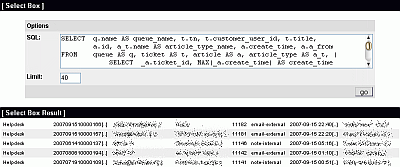
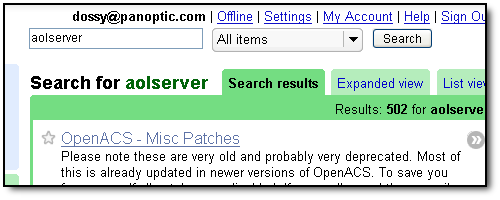
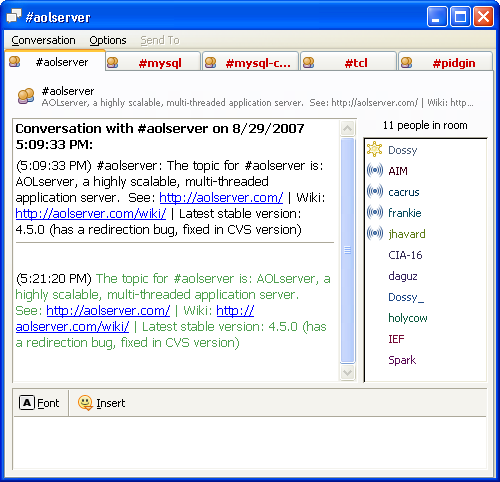
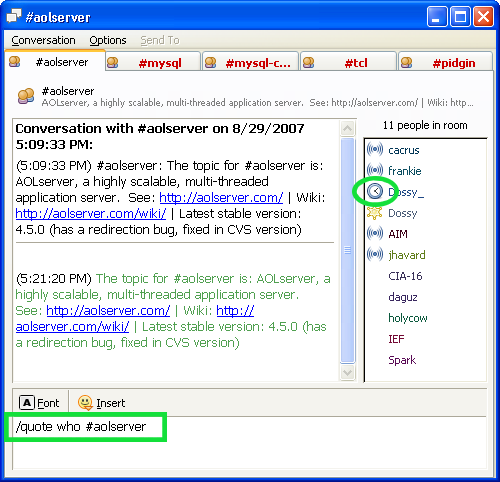

Latest comments